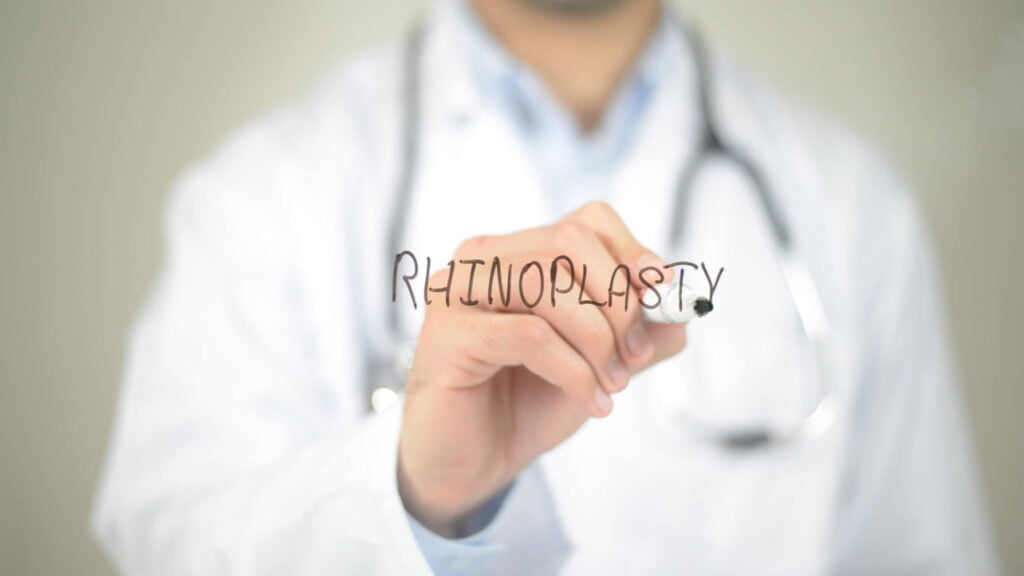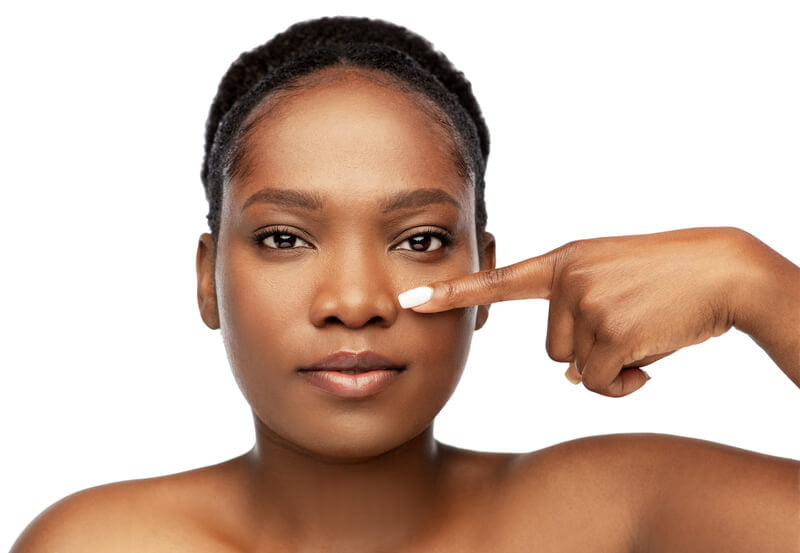Is Rhinoplasty Worth It?
Many people considering a nose job ask the same question: Is rhinoplasty worth it? Whether for aesthetic or medical reasons, rhinoplasty surgery can transform a person’s appearance and boost their confidence. However, patients often become hesitant because they are concerned about the operation, decision, doctor’s treatment, recovery, cost, and potential risks.
Dr. George Brennan, an experienced plastic surgeon, specializes in nose surgery, helping people achieve their desired results with advanced surgical techniques. Whether you’re exploring rhinoplasty procedures for functional improvements, correcting previous surgeries, or enhancing your facial features, understanding the steps, investment, benefits, and expected outcomes is crucial. Doctors worldwide work in this area, and Dr. Brennan’s team ensures personalized care, even for concerns extending to the neck.
This article will explore the rhinoplasty process, common questions, costs, post-surgery care, alternative treatments like injectables and fillers, and whether this procedure is correct. It will also provide important information about different areas of the face, including the lip, and a straightforward way of navigating through the menu of available treatment options and other essential things to consider.
Understanding Rhinoplasty: What Does the Procedure Involve?
A rhinoplasty procedure involves reshaping the structure of the nose, including the bridge, tip, nostrils, and cartilage, to improve both function and appearance. The surgery can be purely cosmetic, or it can address breathing issues such as a deviated septum, which can be corrected through septoplasty. One important thing to consider is rhinoplasty costs, as the procedure can range from thousands to thousands, depending on the complexity. While not everyone may need surgery, understanding the investment is essential.
Steps of the Rhinoplasty Procedure
- Consultation with a Plastic Surgeon
- During the initial consultation, the doctor will assess your nose and discuss your goals for the surgery. Dr. George Brennan evaluates your face, discusses your medical history, and explains the possible outcome. He may also take the time to send you a message with a review of your options, ensuring everything about your nose and surgery plan is clear.
- Many patients bring photo examples of their desired nose shape to guide the surgeon.
- Anesthesia and Surgery
- The surgery is performed under anesthesia, ensuring that patients feel no discomfort. Dr. Brennan’s approach is tailored to anyone seeking rhinoplasty, minimizing the risk of complications, much like the careful planning seen in procedures such as breast augmentation.
- The procedure involves incisions inside the nose (closed rhinoplasty) or across the columella (open rhinoplasty).
- Reshaping the Nose
- The plastic surgeon adjusts the cartilage and bone to achieve the desired size, shape, and structure.
- If necessary, fillers or injectables like Juvederm can be used to refine the final features.
- Closing the Incisions and Recovery
- Once reshaping is complete, the surgeon closes the incisions, and the recovery begins.
- The swelling, bruising, and healing process can take several weeks to months.
Why Do People Choose Rhinoplasty?
Many people consider rhinoplasty for different reasons. Whether you’re a candidate for cosmetic improvements or addressing functional concerns, it’s essential to understand what the procedure involves. For many of us, it’s about feeling better about something that truly matters. The decision to undergo surgery is personal, and it’s crucial to be informed about your rights and the options available to you. Many people love the results once they’ve made their choice.
1. Aesthetic Improvements
- The nose is a central feature of the face, and its shape affects overall appearance.
- Common cosmetic concerns include a dorsal hump, wide nostrils, or an asymmetrical bridge.
- Enhancing facial aesthetics through rhinoplasty surgery can improve self-confidence and satisfaction.
2. Correcting Breathing Issues
- Structural problems, like a deviated septum, can cause breathing difficulties.
- Septoplasty can be combined with rhinoplasty to correct airflow issues.
3. Revision Rhinoplasty
- Some patients seek a revision if they are unhappy with previous nose surgeries.
- A skilled plastic surgeon like Dr. Brennan can address past complications and improve outcomes.
4. Anti-Aging and Facial Harmony
- A facelift or eyelid surgery can complement rhinoplasty to create a more youthful appearance.
- Non-surgical skin rejuvenation treatments like Botox, Restylane, and Juvederm can enhance final results.
Is Rhinoplasty Worth the Cost?
One primary concern for many patients is the price of rhinoplasty surgery. The cost varies based on several factors:
1. Surgeon’s Experience
- Highly skilled surgeons like Dr. George Brennan may charge more due to their expertise and high-quality results.
2. Location and Office Fees
- Surgery performed in a reputable office or medical center may cost more due to facility fees.
3. Type of Procedure
- A simple reshaping may cost less than complex surgeries involving cartilage grafting.
4. Anesthesia and Post-Operative Care
- Anesthesia, medications, and follow-up appointments add to the total investment.
While the cost can be high, many find it a valuable investment in their life, with improved confidence and better breathing.

What to Expect During Rhinoplasty Recovery?
The recovery process is a crucial part of achieving optimal results. Patients typically experience:
- Swelling and Bruising
- Expect swelling and bruising around the nose and eyes for the first two weeks.
- Pain and Discomfort
- Mild to moderate pain can be managed with medication.
- Healing Time
- Most patients resume normal activities within 2-3 weeks, but complete healing can take up to a year.
- Care and Skin Products
- Using proper skin care products helps with healing and reducing scars.
Are There Non-Surgical Alternatives?
Not all patients need surgery to achieve their desired appearance. Some opt for injectables like Juvederm, Restylane, or Botox for temporary enhancement.
Pros of Non-Surgical Rhinoplasty
- Less Invasive – No anesthesia, no surgical risks.
- Quick Recovery – Minimal swelling, immediate results.
- Lower Cost – More affordable than complete nose surgery.
However, non-surgical options are temporary and may require regular touch-ups.
What Are the Risks of Rhinoplasty?
Like any surgery, rhinoplasty carries potential risks:
- Complications from Anesthesia
- Bruising and Swelling
- Infection and Poor Healing
- Dissatisfaction with Results
- Breathing Issues
An experienced doctor like Dr. George Brennan minimizes these risks and improves outcomes.
How to Choose the Right Plastic Surgeon
Selecting the right surgeon is critical for a successful rhinoplasty procedure. Consider:
- Experience and Credentials
- Look for a board-certified MD with experience in rhinoplasty surgeries.
- Before-and-After Photos
- Reviewing past patients’ results helps set realistic expectations.
- Patient Reviews and Testimonials
- Reading Google reviews, blog articles, and testimonials provides insight into a doctor’s reputation.
- Consultation Process
- A thorough consultation ensures you understand the procedure, costs, and potential outcome.
Final Thoughts: Is Rhinoplasty Worth It?
Whether rhinoplasty is worth it depends on individual goals, expectations, and willingness to undergo surgery. For many, the investment leads to greater confidence, improved appearance, and better breathing.
Dr. George Brennan’s expertise ensures patients receive high-quality care, natural-looking results, and a smooth recovery process. Schedule a consultation today if you have further questions or are considering rhinoplasty.
Frequently Asked Questions
What is the best age for rhinoplasty?
The ideal age for rhinoplasty is typically after the nasal structure has fully developed, usually around age 16 for women and age 18 for men. However, rhinoplasty can be performed at any age, depending on individual needs.
Does insurance cover rhinoplasty?
Insurance generally does not cover rhinoplasty unless it is performed for medical reasons, such as correcting problems or repairing a. Cosmetic procedures are also typically not covered.
How long does a rhinoplasty surgery take?
Rhinoplasty usually takes 1.5 to 3 hours, depending on the complexity of the surgery and whether it involves other procedures like septoplasty or cartilage grafting.
Can rhinoplasty fix a broken nose?
Yes, rhinoplasty can repair a broken nose and restore its appearance and function. This may involve realigning the bones and cartilage.
Are there any permanent side effects of rhinoplasty?
While rhinoplasty is safe and effective, some patients may experience long-term side effects, including slight asymmetry, persistent breathing issues, or scarring. These are rare but possible.
What should I avoid during recovery from rhinoplasty?
During recovery, you should avoid activities that increase blood flow to the nose, like strenuous exercise, and activities that could risk injury to your nose, such as contact sports or sleeping on your stomach.
Can rhinoplasty be done without general anesthesia?
While general anesthesia is commonly used, some patients may opt for local anesthesia with sedation, especially for less complex procedures. However, this decision depends on the surgeon’s recommendation.
How soon can I return to work or school after rhinoplasty?
Most patients can return to work or school within 1-2 weeks after surgery, though strenuous activities should be avoided for at least 3-4 weeks.
Will rhinoplasty leave scars?
Rhinoplasty may leave small scars but is usually well-hidden inside the nostrils (closed rhinoplasty) or along the columella (open rhinoplasty). Scarring is generally minimal and fades over time.
What is the difference between closed and open rhinoplasty?
Closed rhinoplasty involves incisions inside the nostrils, while open rhinoplasty includes a small incision across the columella (the tissue between the nostrils). Open rhinoplasty provides better access for complex procedures but may result in more visible scarring.

